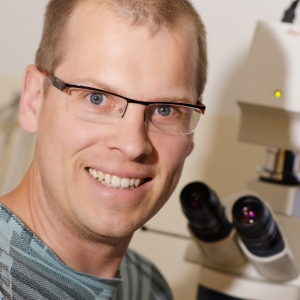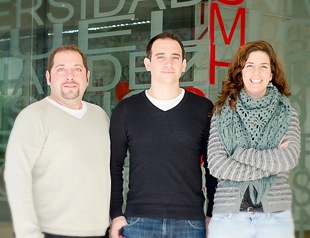New publication from the lab in Cerebral Cortex Sep 2016 — Congrats Henrik Gezelius!
Here, we used a genetic dual labeling strategy in mice to purify distinct principal sensory thalamic neurons. Subsequent genome-wide transcriptome profiling revealed genes specifically expressed in each nucleus during embryonic development. Analysis of regulatory regions of the identified genes revealed key transcription factors and networks that likely underlie the specification of individual sensory-modality TC connections.


